Optimal Timing for Foundation Repairs
Foundation repairs are most effectively performed during specific times of the year, depending on weather conditions and soil stability. Understanding the optimal timing can help ensure the longevity and effectiveness of repairs. Typically, dry and moderate weather periods are preferred for foundation work, as excessive moisture or extreme cold can complicate repair processes.
Spring offers moderate temperatures and manageable moisture levels, making it suitable for foundation repairs. However, early spring can be challenging due to thawing ground and unpredictable weather.
Summer provides warm, dry conditions that facilitate foundation work. It is often the preferred season for extensive repairs, provided there are no extreme heat or drought conditions.
Fall is another good time for foundation repairs, especially when soil moisture levels are stable. Cooler temperatures can make excavation and other processes more manageable.
Winter is generally less ideal for foundation repairs due to frozen ground and potential snow or ice. Repairs during this time may be delayed or require special precautions.

Springtime repair work benefits from moderate weather and soil conditions.

Summer's warm and dry weather allows for efficient foundation work.

Fall offers stable soil conditions ideal for repairs before winter.
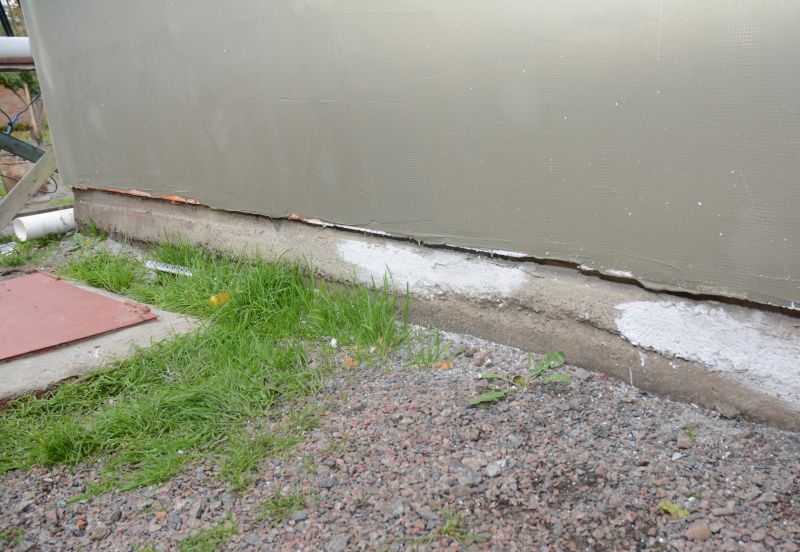
Ways to make Foundation Repairs work in tight or awkward layouts.

Popular materials for Foundation Repairs and why they hold up over time.

Simple add-ons that improve Foundation Repairs without blowing the budget.
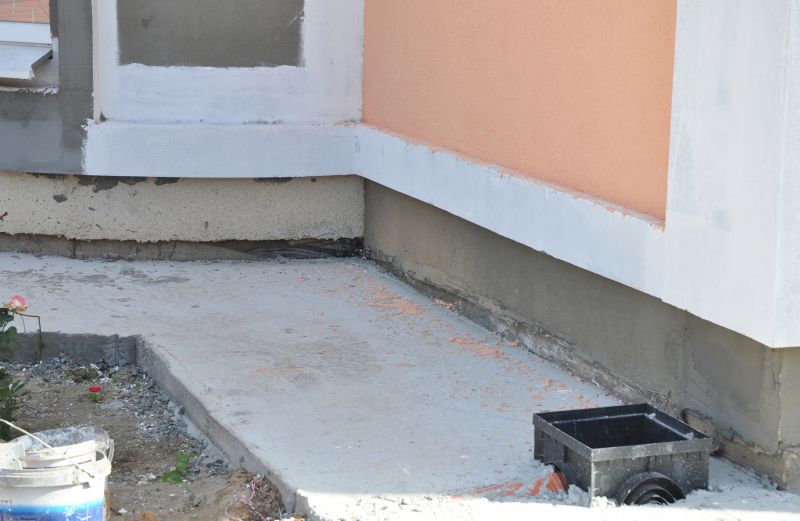
High-end options that actually feel worth it for Foundation Repairs.

Finishes and colors that play nicely with Foundation Repairs.
| Season | Ideal Conditions |
|---|---|
| Spring | Moderate temperatures, manageable moisture levels |
| Summer | Warm, dry weather, long daylight hours |
| Fall | Stable soil moisture, cooler temperatures |
| Winter | Frozen ground, snow, and ice present challenges |
Foundation repairs address issues such as settling, cracking, and shifting that can compromise structural integrity. Proper timing ensures that soil conditions are optimal for stabilization and that repairs are less likely to be affected by weather-related delays. Soil movement due to moisture fluctuations is a common cause of foundation problems, making seasonal considerations essential for effective repair work.
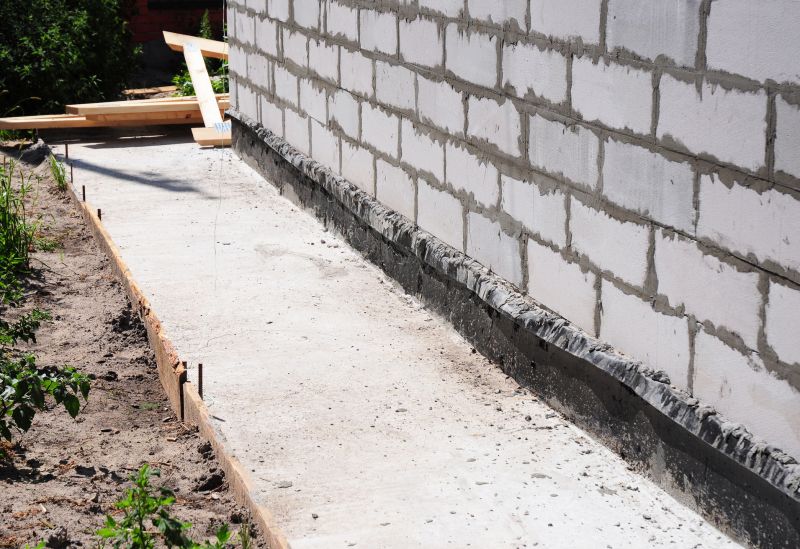
Excavation, stabilization, and reinforcement are key steps in foundation repair.
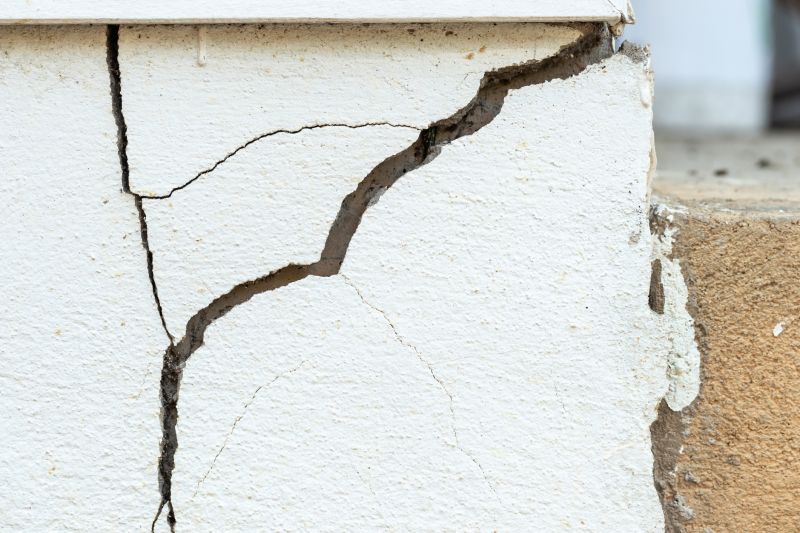
Addressing cracks early prevents further structural damage.
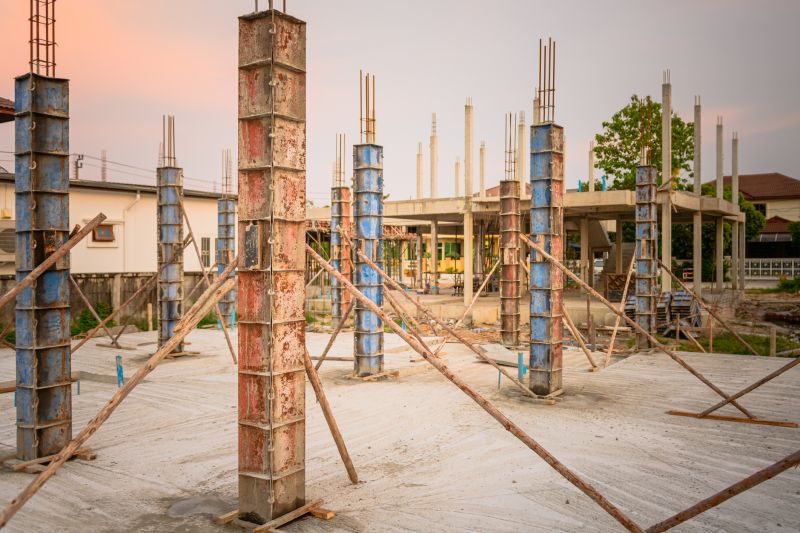
Piering stabilizes and lifts the foundation for long-term stability.

Managing soil moisture helps prevent future foundation issues.
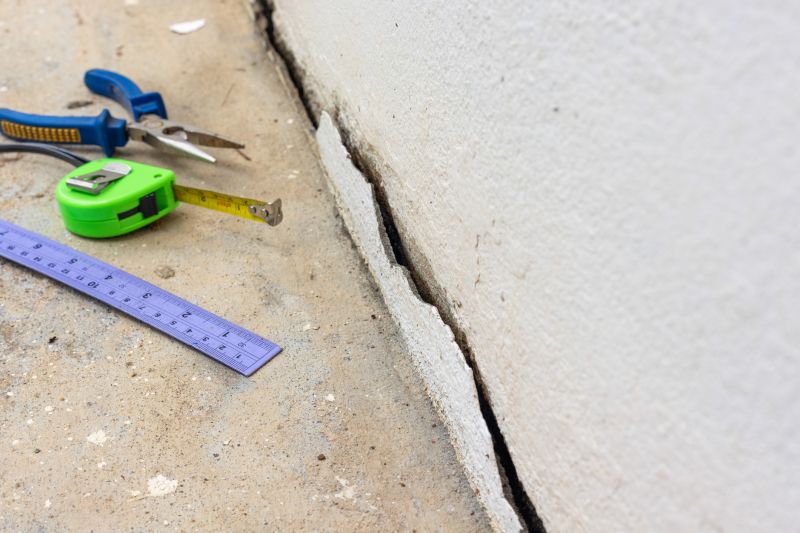
Little measurements that prevent headaches on Foundation Repairs day.

A 60-second routine that keeps Foundation Repairs looking new.
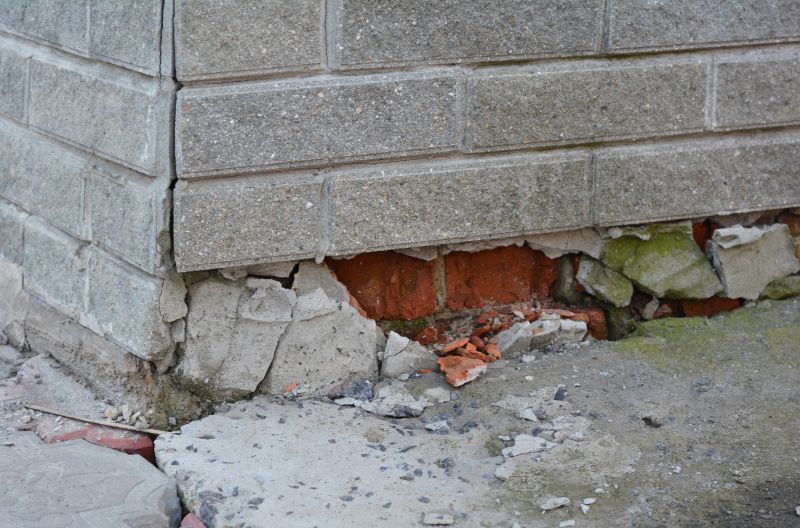
A frequent mistake in Foundation Repairs and how to dodge it.

Small tweaks to make Foundation Repairs safer and easier to use.
Timely foundation repair can prevent costly structural damage and maintain property value. Recognizing signs of foundation issues early and choosing the appropriate season for repairs can significantly impact outcomes. Consulting with foundation specialists ensures repairs are performed under optimal conditions for durability.
Cracks in walls, uneven floors, and sticking doors may indicate foundation issues.
Addressing foundation concerns early can prevent extensive damage.
Clear access to the affected areas and discuss timing with professionals.
Methods include underpinning, piering, and stabilization depending on the issue.
Interested property owners in Cedarburg, WI, are encouraged to contact for further information on foundation repair timing and services. Proper scheduling and assessment can help ensure effective and lasting repairs tailored to seasonal conditions.

